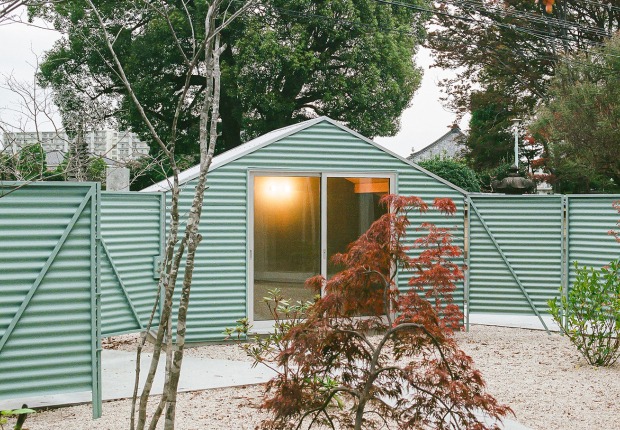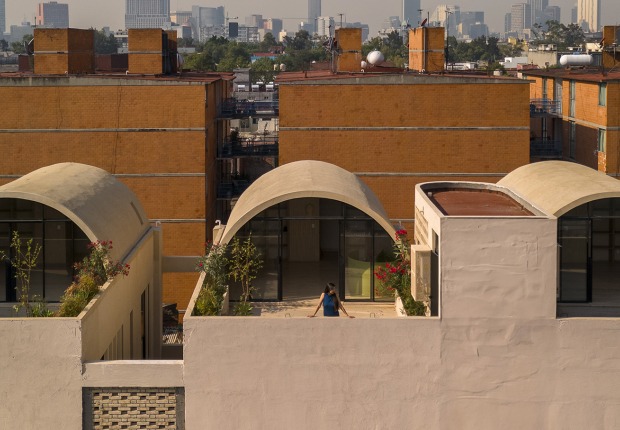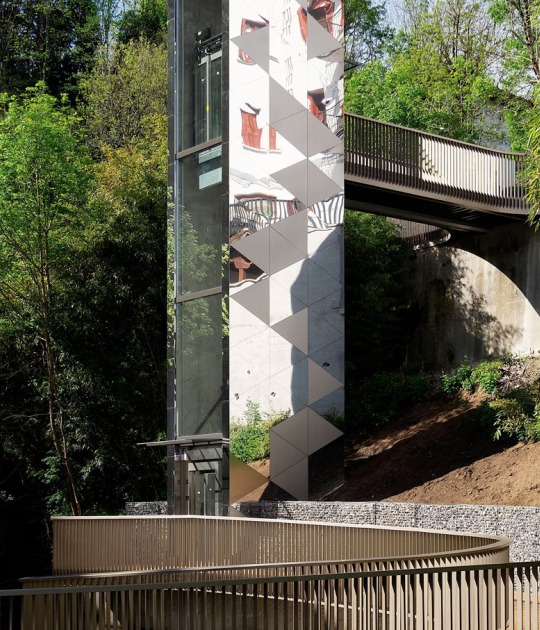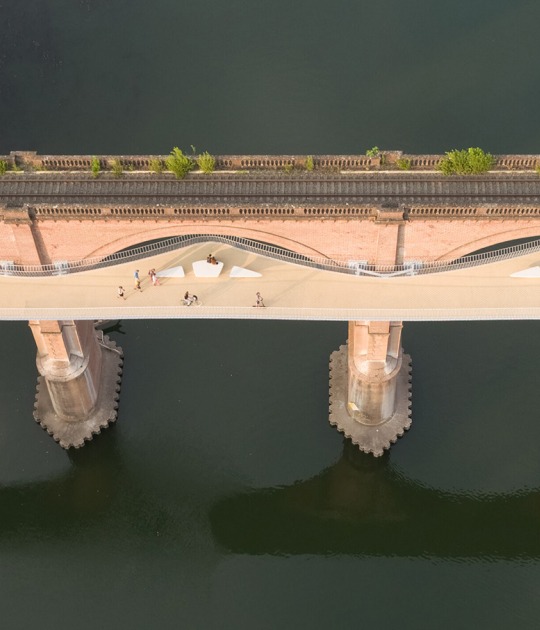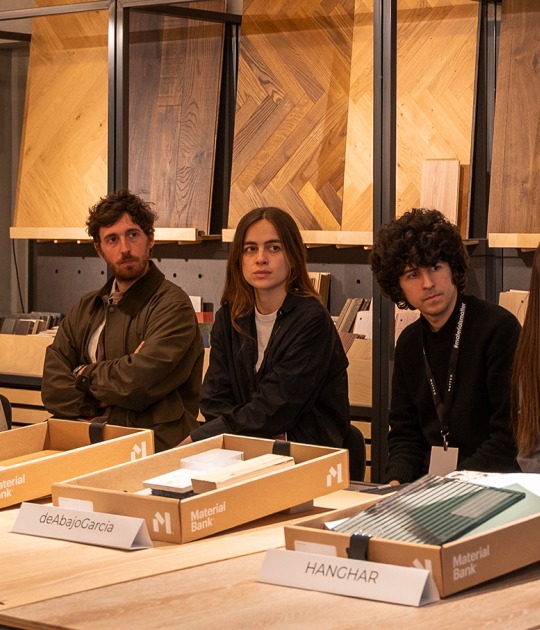Seven months of research have been dedicated to the Institute for Advanced Architecture of Catalonia (IAAC) for the development of this project, specifically by the researchers Shihui Jin, Stuart Maggs, Dori Sadan, and Cristina Nan, and led by professors at the IAAC Saša Jokić and Petr Novikov.
The goal was to develop a family of small robots, each of them with a specific task in the construction process but that work together in the development of a specific structure.
PROCESS:
Footprint.-
One or more Foundation Robots make the footprint: the first 20 layers of the structure. They can move according to a predefined path continuously or back and forth. Small robots are connected with pipes to the supplier robot, that feeds the printing material.
Walls.-
After the base is done, Grip Robots are clamped onto the footprint. They extend the structure further by printing layers of material meanwhile holding onto layers they previously printed.
Their nozzle can shift from side to side allowing them to create curved walls.
Ceilings.-
The grip of these robots is enough strong and the curing speed of the material is enough fast to use them for horizontal printing. These robots can print ceilings and window/door lintels.
Reinforcement.-
To reinforce the shell vacuum robots attach to it and print additional layers over it. These layers don’t have to be parallel to each other, they can be free-form and be applied only where the structure requires them. Vacuum Robots can travel over surfaces of any inclination.
Foundation Robot.-
This robot uses tracks to move around, and a line-follower sensor to position itself. This sensor in the front part of the robot recognizes curves on the ground and enables steering. Foundation Robot has a vertical linear actuator to position the nozzle relative to the height of the printed layer.
Grip Robot.-
This robot attaches to the structure by clamping it between 4 rollers. Besides the rotational actuator, each roller is connected to a steering actuator that allows to position the robot precisely over the structure. The nozzle can dynamically be moved sideways to have higher control over the printed shape.
Heaters are used to increase the speed of material curing time.
Vacuum Robot.-
This robot is used to reinforce the shell printed by the first two robots. It attaches to the surface by using a vacuum generator and a suction cup. The vacuum inside of the cup holds the robot on the surface while allowing it to freely move around it. The robot moves and steers itself with two tracks.
The Institute of Advanced Architecture of Catalonia (IAAC) has been investigating for some time the field of 3D printing applied to architecture. Their last creation is a group of three small mobile robots or "Minibuilders", capable of printing structures larger than the robots themselves.
More information
Published on:
February 15, 2016
Cite:
""Minibuilders". Small robots printing large scale structures" METALOCUS.
Accessed
<https://www.metalocus.es/en/news/minibuilders-small-robots-printing-large-scale-structures>
ISSN 1139-6415
Loading content ...
Loading content ...
Loading content ...
Loading content ...
Loading content ...
Loading content ...
Loading content ...
Loading content ...
Loading content ...
Loading content ...
Loading content ...
Loading content ...
Loading content ...
Loading content ...
Loading content ...
Loading content ...
Loading content ...
Loading content ...
Loading content ...
Loading content ...
Loading content ...
Loading content ...
Loading content ...
Loading content ...
Loading content ...
Loading content ...
Loading content ...
Loading content ...
Loading content ...
Loading content ...
Loading content ...
Loading content ...
Loading content ...
Loading content ...
Loading content ...
Loading content ...
Loading content ...
Loading content ...
Loading content ...
Loading content ...
Loading content ...
Loading content ...
Loading content ...
Loading content ...
Loading content ...
Loading content ...
Loading content ...
Loading content ...
Loading content ...
Loading content ...
Loading content ...
Loading content ...
Loading content ...
Loading content ...
















